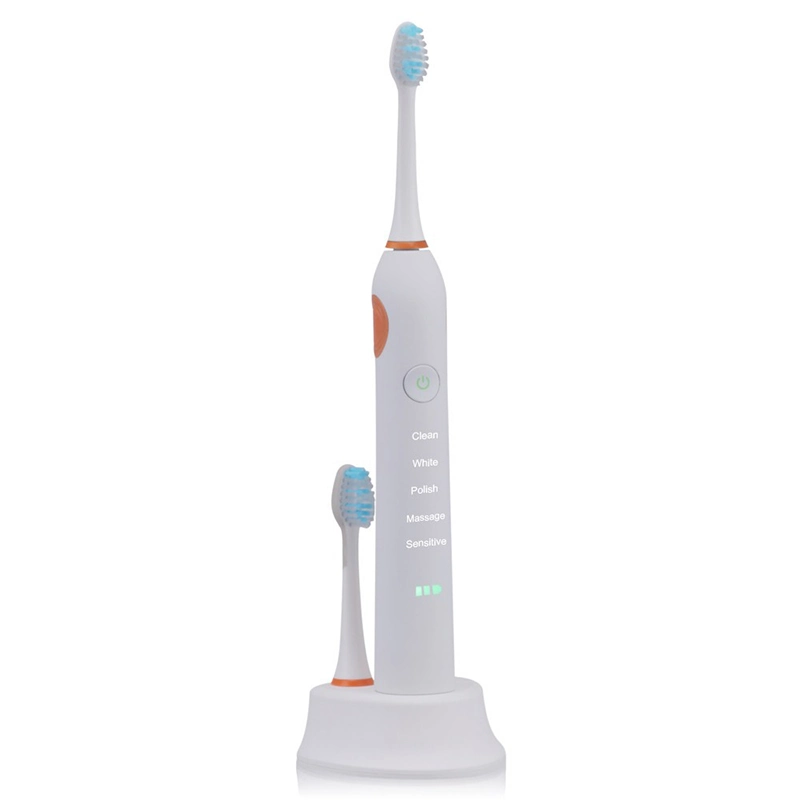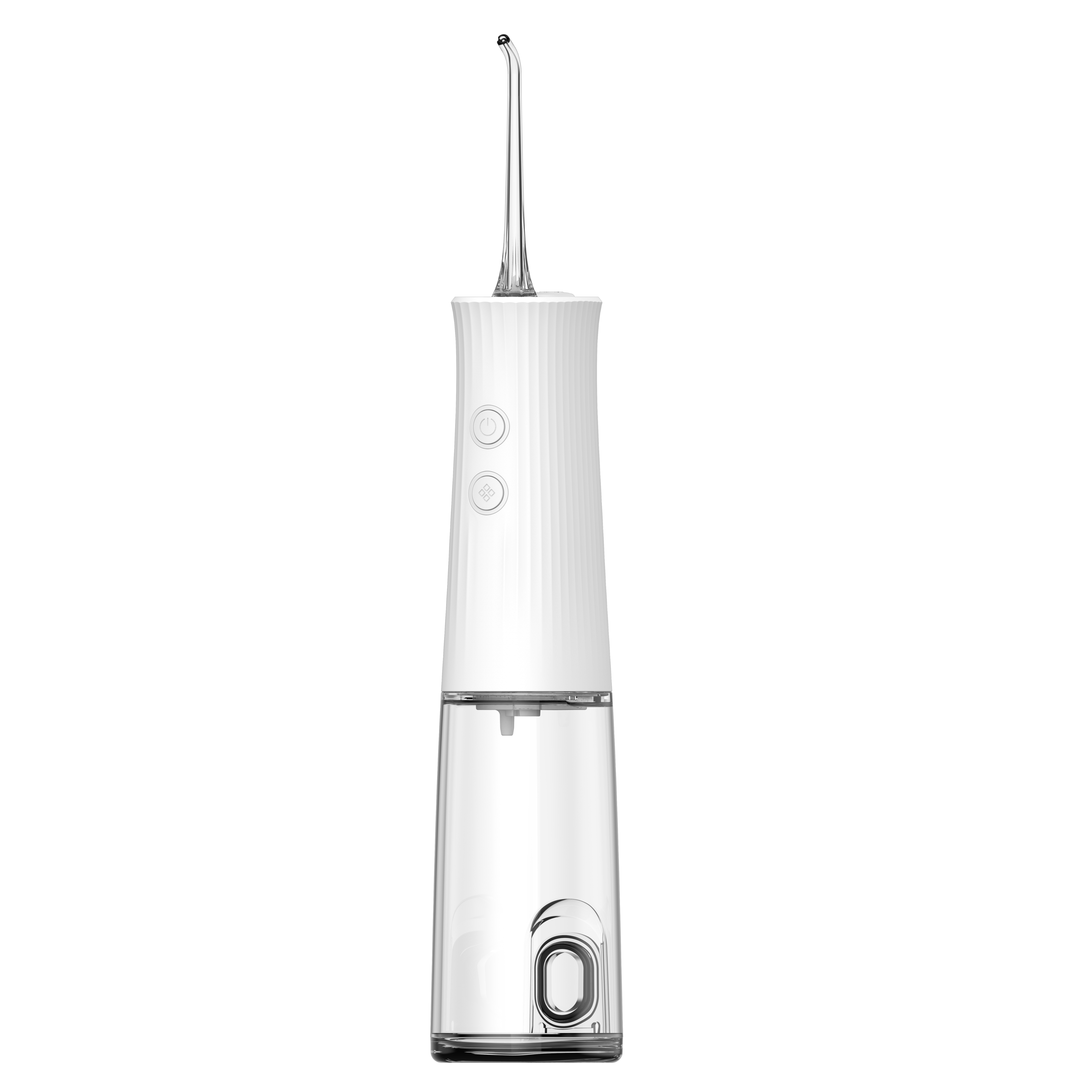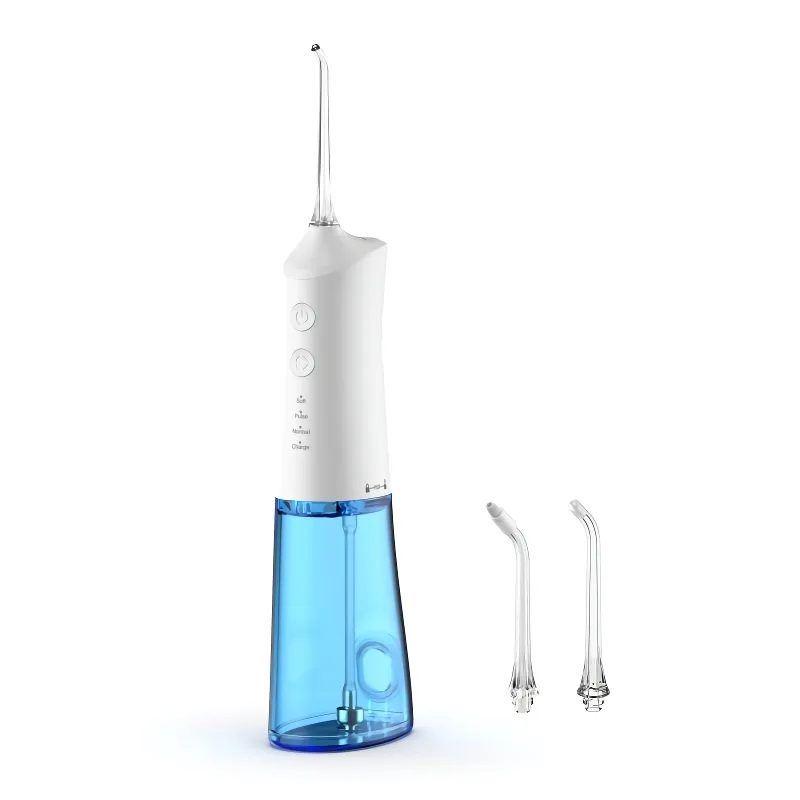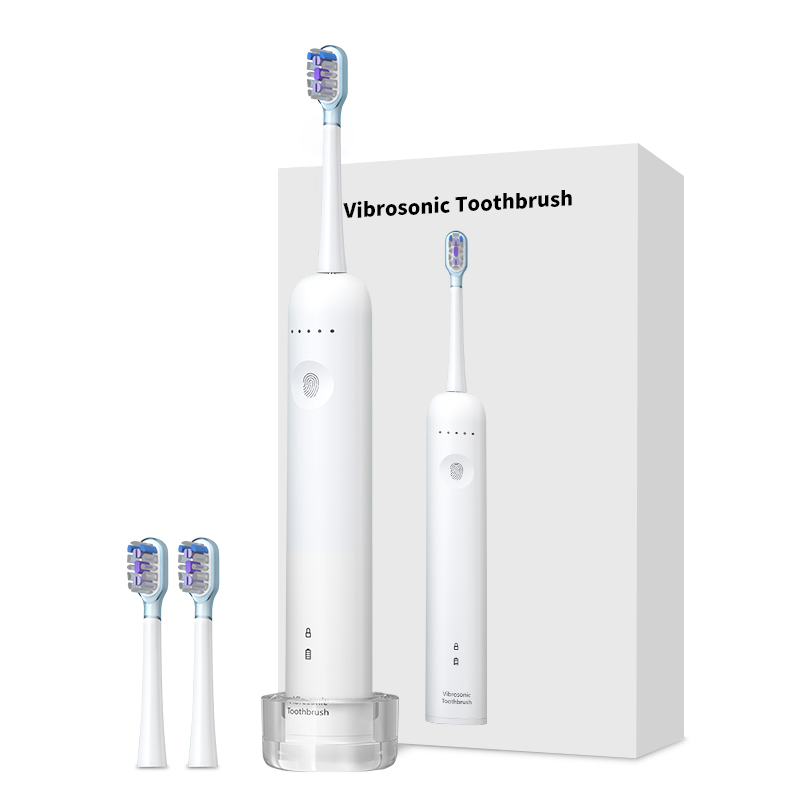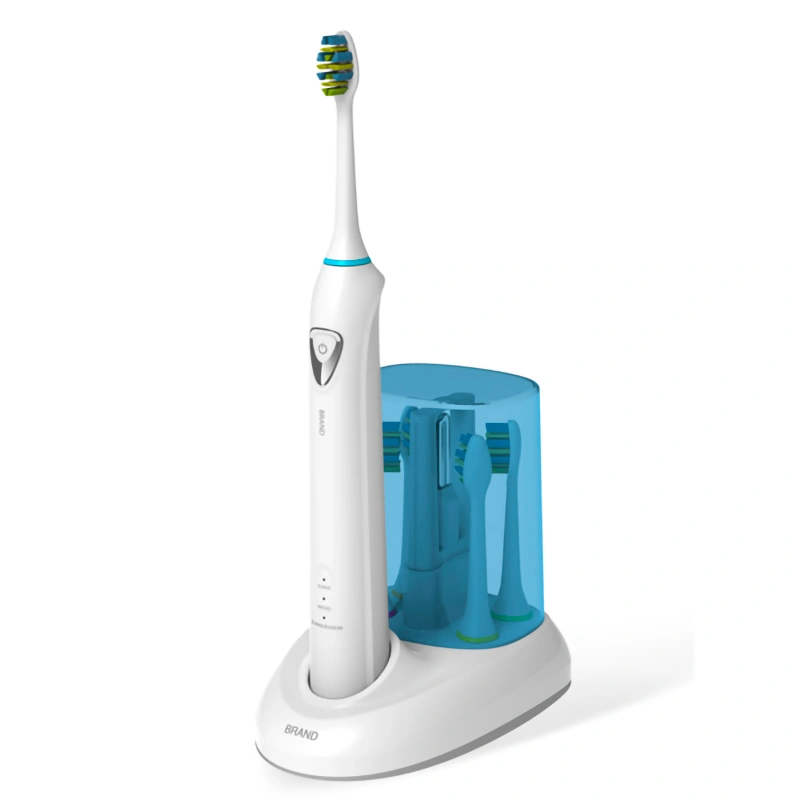Location:HOME > INFO CENTER >
Differences between water flosser and string floss
Date:2021-11-30 12:19
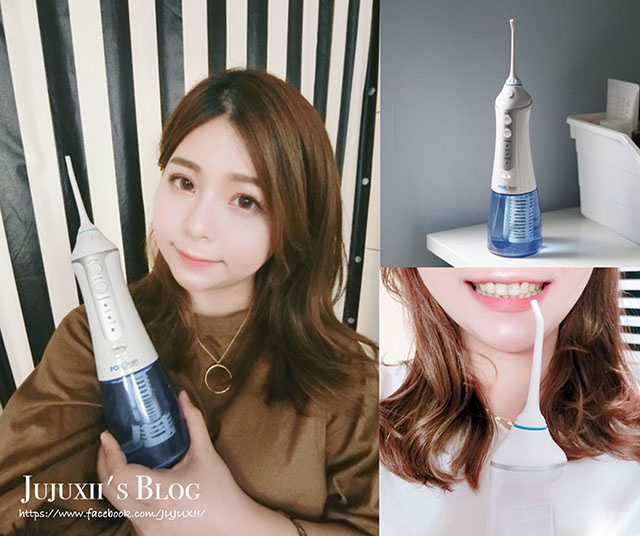
There's an old catchy saying that goes, “You are what you eat.” But regardless of whether you prefer to satisfy your cravings with fresh fruits and vegetables or some dessert, there will come a time when something gets stuck between your teeth. And even if the initial reaction is to remove those food particles with the brush, remember that cleaning the spaces between the teeth is also important. If you don't like flossing , the flosser might be a good solution for you.
Dental floss
Flossing removes food particles and plaque from the teeth and below the gum line. If plaque is not removed, teeth can develop cavities and gum disease. If you've already decided to take the time every day to floss, make sure you're doing it correctly.
Start by cutting a length of floss about 18 inches long. Wrap most of the floss around the two middle fingers, with only a few inches left in between to clean the gaps between the teeth.
Use your index fingers and thumbs to keep the thread tight. Now you can slide it up and down between all the teeth. Be careful not to pull too much on the floss and loop it around the base of each tooth. Move the section of floss to clean each space with a new section. Use the same up and down sliding motion to pull the floss between two teeth.
Water Flosser
Although water flosser are also useful for cleaning teeth, they do not work the same as dental floss. According to the American Dental Association (ADA), this method uses a device to remove food debris from between the teeth with a constant stream of pressurized water. The water flosser are an alternative to flossing for people who have trouble hold the thread or using dental appliances such as brackets, in which case maneuvering between teeth can be more difficult.
Advantages of cleaning the spaces between the teeth
The ADA released the report on the study by researchers from the New York College of Dentistry that examined 51 pairs of twins over a two-week period. One of the twins flossed, while the other did not. The results demonstrated a decrease in gingival bleeding in the twin who flossed. This and plaque reduction are benefits that underscore the need for daily flossing or flossing.
Floss containers are small and portable, so it's easy to stick with the habit even when you're not at home. They easily fit in your pants pocket, bag, or on your office desk. water flosser, on the other hand, are often too big to carry around and need to be plugged in, which could make them difficult to use outside the home.
Even if you have been using a flosser for years, it is recommended that you also try flossing. Cleaning the spaces between the teeth is an important part of any healthy oral routine. The other part, of course, is brushing. Try using a toothbrush with tapered bristles that reaches into the interdental spaces and also below the gum line. Finish your routine with flossing. Lastly, don't forget to schedule a dental cleaning every six months. Not only does professional cleanings keep your teeth in good shape, your dentist and dental hygienist will be able to identify any abnormalities before they become a problem.
As a professional manufacturer of electric toothbrush and oral irrigator / water flosser, Shenzhen Relish provides various types of electric toothbrush wholesale and OEM customized services. You can also wholesale water flosser from Relish at factory price. We can provide you highly competitive prices and look forward to working with you.

Post a comment
- All comments(0)
No comments yet, come be the first!

 日本語
日本語 Español
Español Deutsch
Deutsch 中文
中文